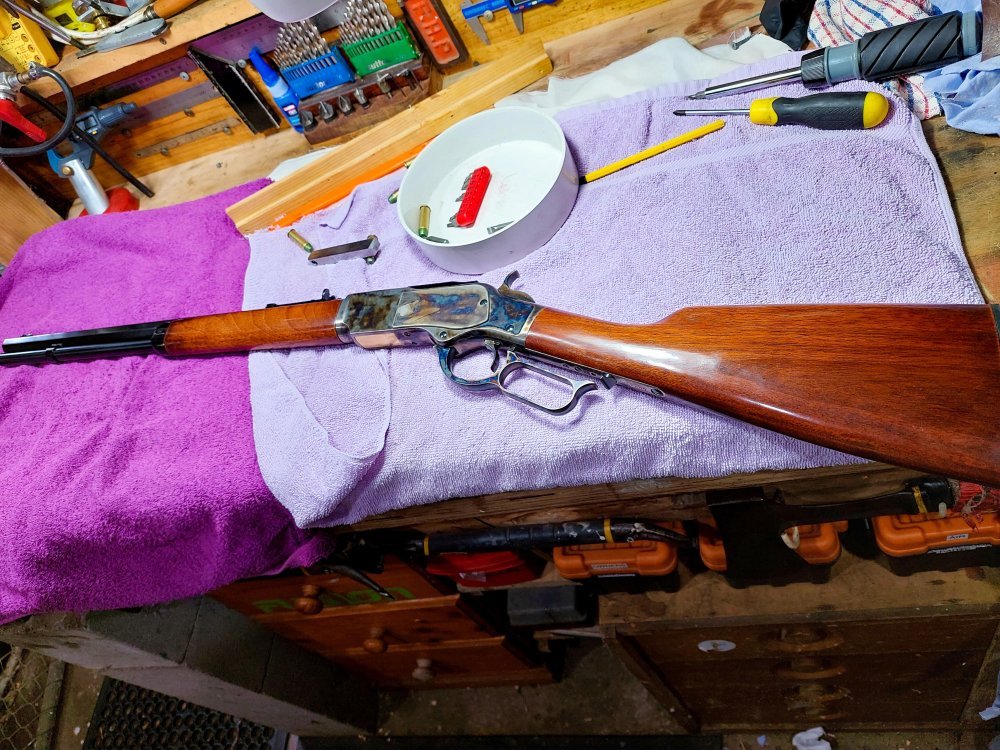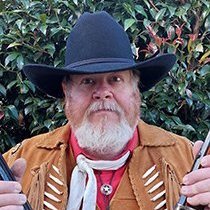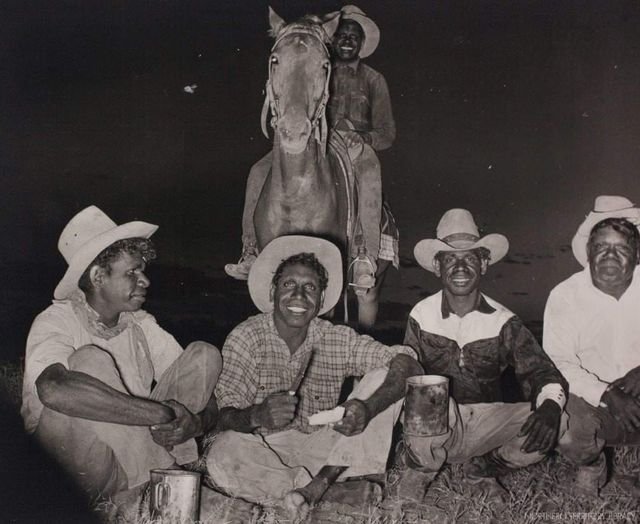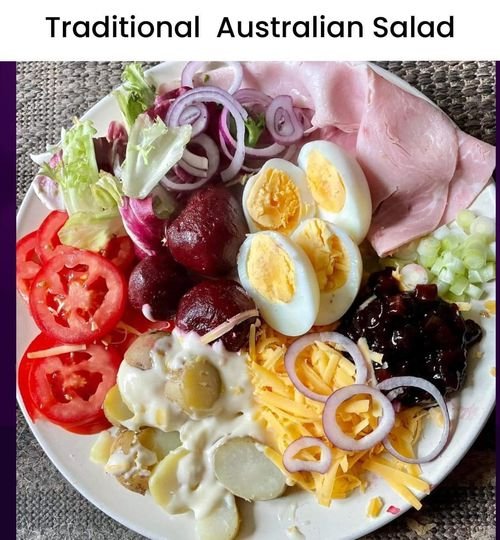-
Posts
9,668 -
Joined
-
Last visited
-
Days Won
75
Content Type
Profiles
Forums
Events
Everything posted by Buckshot Bear
-
A classic photo depicting five hard-working indigenous stockman at night camp at Newcastle Waters station Northern Territory. Newcastle Waters is a large cattle station in the Barkly Tableands about 290km north of Tennant Creek ( Date unknown)
-
-
-
-
Lightburn's washing machine factory in Camden Park turns out Adelaide's own instant-oddity Zeta car, 1963-65 The Zeta, made from 1963 to 1965 by Lightburn and Co at its factory in the Adelaide suburb of Camden Park, became an instant car collector’s item because of its odd features and rarity. Car enthusiast Harold Lightburn, the company's owner and founder, was convinced that many Australians wanted the convenience of a small second car. Lightburn, who normally made cement mixers and washing machines, introduced the Zeta in 1963, priced £595, but sold fewer than 400. Zeta models were a sedan, sedan deluxe, utility and sports model. Lightburn also produced an electric “mobility-scooteresque” runabout vehicle capable of carrying two adults and available in two models. The Zeta Sedan (or Runabout) and utility were powered by a 324cc Villiers engine and were front wheel drive with independent rear trailing arms. The sedan had no rear hatch so the front seats had to be removed to access the cargo area. The chassis was steel, with a fibreglass body enclosing a large but sparse interior. Windows were perspex except for the front laminated glass windscreen. The doors were steel with sliding perspex windows. The four-speed, dog clutch Villiers gearbox had no reverse so the engine had to be switched off and started backwards to provide four reverse gears. Fuel came by gravity feed from a tank behind the dashboard. The fuel gauge was a plastic pipe running from top to bottom of the tank with a graduated glass tube section on the dashboard. The utility was the rarest Zeta with only eight produced. Some were bought by Sydney City Council for its Hyde Park fleet. The two-seater Zeta Sports was introduced in 1964. Like the Goggomobil Dart, it lacked doors and bumper bars. Only 28 w. Image: From an advertisement for the Zeta sedan, "Australia's 'second' car", made in Adelaide's Lightburn suburban factory in the 1960s.
-
-
Australian SPITFIRE found in Wales
- 1 reply
-
- 4
-

-

-
A: Ibis I like that Deacon !!!!
-
-
-
FASTEST AUSTRALIAN SHEARER- 1892 National Museum Australia. Jack Howe was a shearer whose feats in the sheds of central Queensland made him a legend. In 1892, Howe sheared 321 sheep in one day using hand shears – a record that still stands today. John Robert Howe was born in Warwick in southeast Queensland in 1861. Known as Jack or Jackie, he worked as a shearer and settled in the Blackall district of central Queensland. He became famous, a gun shearer, setting records that stood for decades. Physical descriptions paint Howe as a giant of a man, with hands the size of small tennis racquets and wrists as strong as steel. He set records even when other shearers tried to distract him, by tickling him or jumping on his back. His presence in a shed was said to lift tallies far above normal, as men tried to compete with him. At Alice Downs station in Queensland in October 1892, Howe sheared 1437 sheep in a week. A few days later, he broke another record, shearing 321 sheep in seven hours and 40 minutes. Howe performed both feats using blade shears and, despite the introduction of machine shearing technology, his record tally of 321 sheep remained intact until 1950. In the same 1892 season, Howe also broke the record for machine shearing at Barcaldine Downs, where he sheared 237 sheep in one day using the new technology. When Howe quit shearing in 1900, he became a publican and owned hotels in Blackall and Barcoo. He had been an active member of the Shearers’ Union and he continued to advocate for workers’ rights as a member and president of the Blackall Workers’ Political Organisation. He was also a member of the fledgling Australian Labor Party. Howe died in 1920, aged 58. PHOTO- Jack Howe, 1915
-
Its not fair.....Turkey, Christmas pudding, Trifle and 38°C+ temps don't mix well
-
-
-
-
-
-
Seagull droppings
-
-
-
-
Camouflage crocs and socks?
-
My wife and I went inside one in the late '80's at Sydney Airport when the USAF had a small open day......was a cool thing and I never forgot how cool!
-
-





















